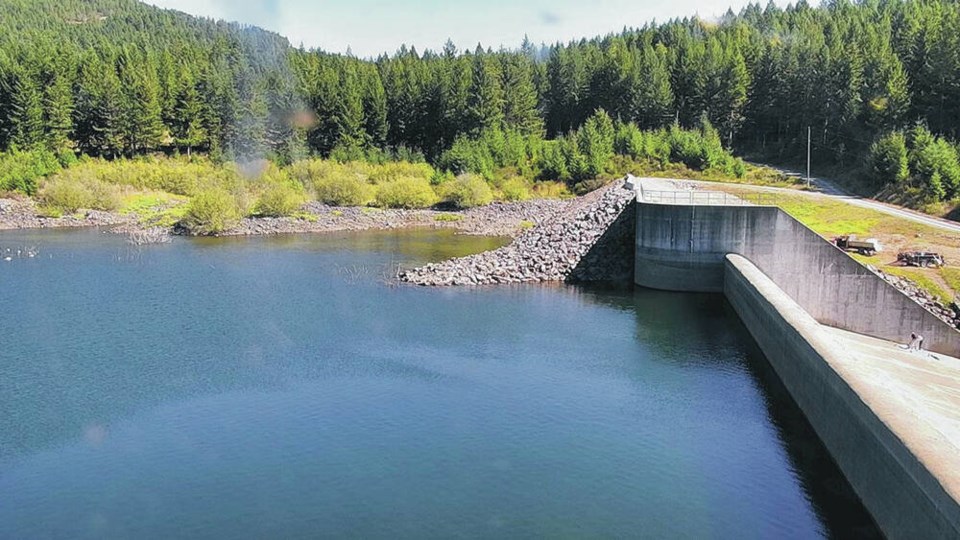A water master plan that includes nearly $2 billion in potential water infrastructure projects over the next 30 years has been approved by the Capital Regional District’s Water Supply Commission.
The commission voted to support the document to guide future water-supply planning, and recommended the CRD board approve it as well.
The master plan includes an infrastructure program to improve the water supply and transmission system and add redundancy to critical components to address hazards and risks.
While most of the commissioners were on board with moving the plan forward following a public engagement process that wrapped up earlier this year, Victoria Coun. Ben Isitt said he was uncomfortable with advancing the plan, given the Malahat First Nation had requested more time to consider it and provide feedback.
“I think it’s premature to consider approval,” he said, noting there is no need to rush a plan with a 30-year outlook. “So it allows more time to engage our Indigenous partners.”
But the bigger concern was the cost of several major projects included in the plan, including a $1-billion water-filtration plant that could be built by 2037 to address climate-change effects on water supply and demand, anticipated changes in raw water characteristics and regulatory requirements.
“I think the plan is premature in terms of including additional expenditures of more than a billion dollars around the filtration plant when we don’t know that we’re ever going to need that plant, and I don’t accept the premise that we should approve the plan now and dig into that at a later budget process — this is the overarching plan for what infrastructure the region needs to deliver clean drinking water,” Isitt said.
Sidney Coun. Sara Duncan echoed his concerns, saying she doesn’t think the region will have the resources to tackle such a project.
“I don’t actually think we’re going to have the money, nor the physical resources or the labour pool to actually build this when it comes,” she said. “Part of me thinks it doesn’t really matter because it’s not going to happen.”
Duncan said she believes the day of “megaprojects” is over and the region will have to concentrate on the resources it already has.
While others raised concerns about costs, most commissioners noted the plan is only a guide and each of the projects would have to undergo significant scrutiny before being approved.
Many also pointed out that recent heat waves and forest fires, as well as increased growth in the region, have underscored the potential need for a filtration plant at some point.
Saanich Coun. Zac deVries said he would hate to see the capital region follow a “long line” of regions and governing bodies “that didn’t make the necessary investments because they saw an opportunity to save in the short term.”
Victoria Coun. Jeremy Loveday said as a water commissioner, he only has one priority — the protection and delivery of clean and plentiful drinking water.
Loveday said after reading the report, he’s convinced the region will have to move toward filtration, either because of climate-related effects on the quality of water or because of regulatory requirements. “So I do support the plan recognizing that it isn’t a final approval for anything.”
According to the CRD, modelling indicates that by 2045, additional water will need to be sourced from the deep northern basin of Sooke Lake Reservoir and the Leech River water supply catchment area. The $2-billion price tag for the projects would be paid for through water rates with the potential for grant funding.
aduffy@timescolonist.com



